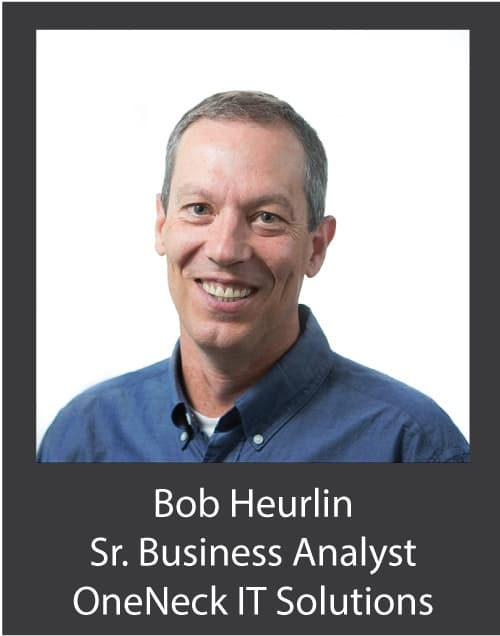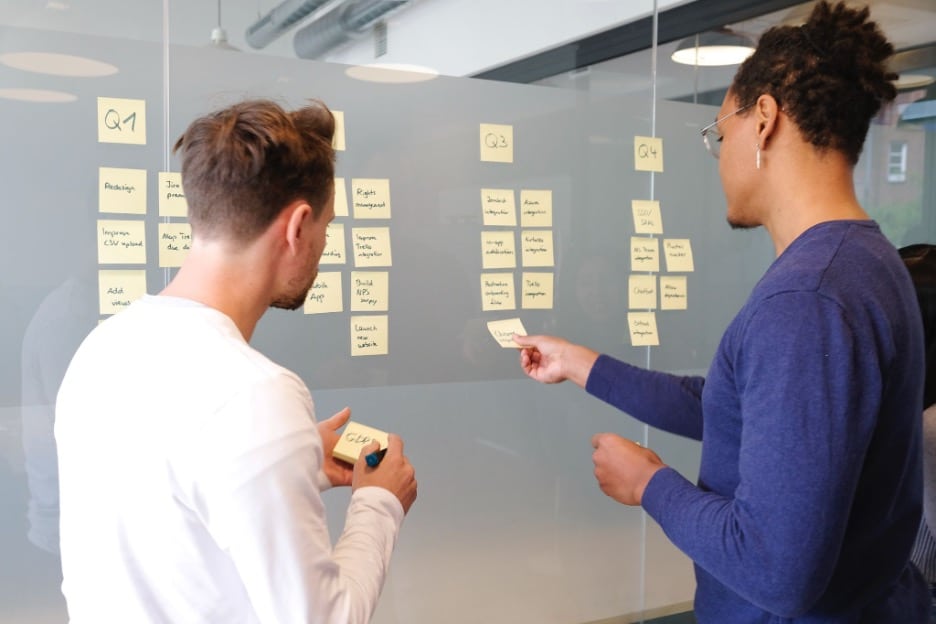Understand Data Before Migrating to the Cloud

Most CIOs today are either considering moving to or are already in the process of migrating to the cloud, whether it’s public, private or a hybrid combination. But in order to strategically migrate to any cloud solution, applications and supporting data environments and services must be clearly defined.
With the availability of cheap storage and the explosion of new data being created every day, companies are struggling with truly understanding their data environments. It’s not that they can’t find the right data, but they often THINK they have the right data when they actually don’t, as the real data may exist in multiple systems and only partially accurate as it relates to some other data or process. This is why the popularity of Information Lifecycle Management (ILM) practices has grown so dramatically, as the need to manage the flow of information system’s data across an organization is mounting in importance.
Up until a few years ago, most CIOs were content to let the data keep growing and buy more storage if necessary. But now with the push towards the cloud, CIOs are forced to bundle applications, data and services, as well as plan migrations. But in order to accomplish this, an organization’s data environment must be clearly defined, so that applications and services don’t break when the migrations occur.
While CIOs today are all in with the cloud, most do not know where to start or what to consider when defining their data environments.
In our experience in working with our customers here at OneNeck, there are at least five areas to consider.
- What are the characteristics of the data?
Data typically has some relational correlation to other data. What are these relationships? How do these data pieces interact with each other? Is the data time-sensitive? After a certain time-period, is the data no longer relevant? Is the data context sensitive? What is the size of the data? How fast is it growing? How fast can it be retired and/or deleted?
- What are the data entities?
By entities, we mean groups of data and how they relate to other entities and applications. This is the big picture of data and how it relates and flows thru systems.
- Who owns the data, and who is the steward?
A business person (outside of IT) typically owns the data, and the IT person who helps take care of the data is known as the data steward. Who are these people, and what are their responsibilities to the data? Who decides what data is needed? Who decides the processes that flow and interact with the data? Who maintains the systems that the data runs on? Who is responsible if the data is inaccurate, or unavailable?
- What is the data lifetime and criticality?
How important is this data? How long is the data valid? How fast do we need it?
- What’s important to YOUR business?
What are the critical pieces of data or systems that are important for your day-to-day business operations?

At OneNeck, we get it. We see organizations struggling with these issues as they attempt to manage their data and consider migration paths to various cloud platforms. That’s where we come in and help. As part of our Advanced Services group, we can help you define YOUR data, giving you the starting point in a step-by-step approach to the cloud. Rome wasn’t built in a day, and neither is your cloud strategy. So, slow down and start with a clear view of your data, and you won’t regret it…
Interested in hearing about how my team has helped some of our clients get control of their data? Check out this eBook with real-world case studies.
Additional Resources:





